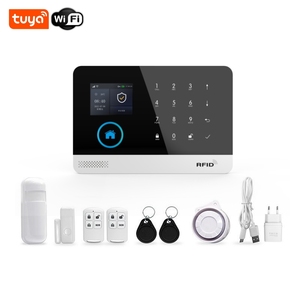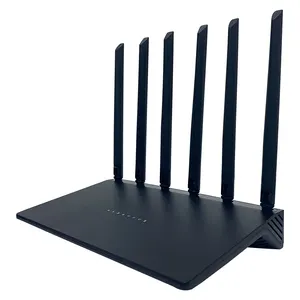Introduction to WiFi Panels
WiFi panels are innovative solutions designed to enhance wireless network coverage and connectivity. They serve as critical components in both residential and commercial settings, allowing users to access high-speed internet with stability and efficiency. These panels are characterized by their ability to distribute WiFi signals more effectively, overcoming common obstacles like walls and furniture that can hinder performance. With a variety of options available, understanding the different types and features of WiFi panels can help you make an informed decision to enhance your network experience.
Types of WiFi Panels
- Indoor WiFi Panels: Typically mounted on walls or ceilings, these panels are designed for small to medium-sized indoor areas. They provide extensive coverage in homes, offices, and conference rooms.
- Outdoor WiFi Panels: Built to withstand environmental elements, outdoor panels extend connectivity beyond the walls of your building, making them ideal for patios, gardens, and public spaces.
- Directional WiFi Panels: Ideal for targeted coverage, these panels focus the WiFi signal in a specific direction. They are perfect for linking to remote locations or bridging networks across distances.
- Omnidirectional WiFi Panels: Providing 360-degree coverage, these panels are suitable for open spaces, ensuring a broad distribution of WiFi signals.
Function and Features of WiFi Panels
- Signal Amplification: WiFi panels are engineered to amplify and boost signals, providing a stable connection in areas that suffer from weak WiFi.
- Easy Installation: Most panels come with user-friendly installation kits, allowing for quick setup without the need for professional help.
- Variety of Frequencies: Many WiFi panels operate on dual-band (2.4GHz and 5GHz) frequencies, offering flexibility and improved performance based on user needs.
- PoE (Power over Ethernet) Support: Some advanced models come with PoE capabilities, enabling power and data transfer through a single cable, simplifying installation.
- Advanced Security Features: With encryption protocols and secure connections, WiFi panels help safeguard your network against unauthorized access.
Applications of WiFi Panels
- Commercial Use: Offices and businesses utilize WiFi panels to ensure reliable connectivity across larger spaces, providing seamless access for employees and clients.
- Residential Use: Homeowners install these panels to eliminate dead zones and ensure high-speed access in every corner of their property.
- Events and Outdoor Gatherings: WiFi panels can be deployed in event spaces, parks, and festivals, providing connectivity to attendees.
- Educational Institutions: Schools and universities leverage WiFi panels to facilitate online learning and research access for students and faculty.
Advantages of Using WiFi Panels
- Improved Coverage: WiFi panels significantly increase the coverage area of your wireless network, eliminating dead spots and ensuring consistent connectivity.
- Enhanced Performance: By distributing signals more evenly, they reduce congestion and improve internet speeds, especially in high-density environments.
- Cost-Effective Solution: Investing in WiFi panels can reduce the need for multiple routers or extenders, offering a comprehensive network solution at a lower cost.
- Flexible Placement: WiFi panels can be installed in various configurations (indoor/outdoor) based on your specific needs, allowing for customized setups.





























